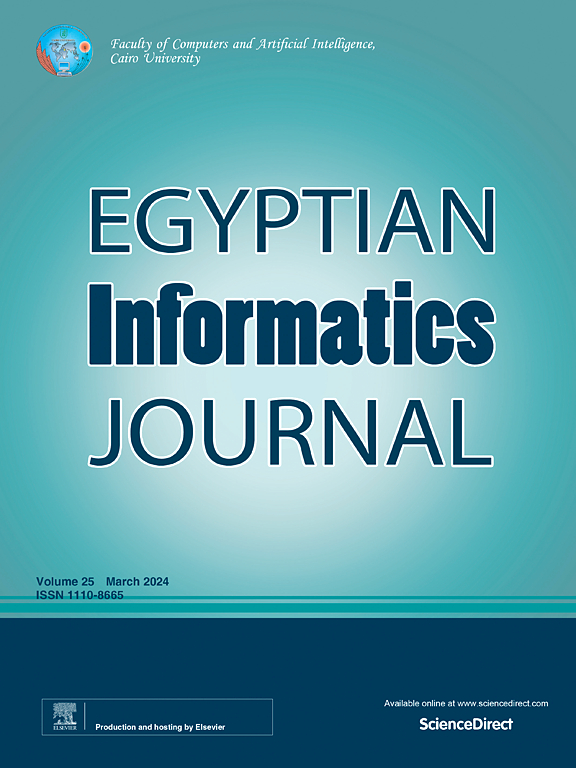基于密码的边缘计算架构认证方法
IF 5
3区 计算机科学
Q1 COMPUTER SCIENCE, ARTIFICIAL INTELLIGENCE
引用次数: 0
摘要
由于具有低延迟和快速响应的优势,边缘计算已成为云计算技术的重要辅助工具,并为智能应用带来了新的选择。通过将部分数据处理任务卸载到网络边缘,边缘计算对云计算起到了补充作用。然而,采用边缘计算会带来一些安全挑战,必须加以解决,以确保安全性和可靠性。其中一个主要问题是数据隐私,因为在边缘处理的敏感信息必须受到保护,防止未经授权的访问和泄露。实施强加密、安全认证协议和定期软件更新是增强边缘计算环境安全性的一些必要策略。在本文中,我们提出了一种稳健、轻量级的相互验证技术,该技术完全适用于可从边缘计算模式中受益的低端设备。在注册阶段之后,认证过程可分两轮进行,边缘节点和用户可以轻松地相互认证。分析和实验证明了所提技术的高性能。本文章由计算机程序翻译,如有差异,请以英文原文为准。
A password-based authentication approach for edge computing architectures
Due to its benefits of low delay and fast response, edge computing has become an essential aid to cloud computing technology and has introduced new options for smart applications. By offloading some of the data processing tasks to the network’s edge, edge computing complements cloud computing. Nevertheless, adopting edge computing introduces several security challenges that must be addressed to ensure safety and reliability. One major concern is data privacy, as sensitive information processed at the edge must be protected from unauthorized access and breaches. Implementing strong encryption, secure authentication protocols, and regular software updates are some of the strategies necessary to enhance security in edge computing environments. In this paper, we present a robust and lightweight mutual authentication technique that is perfectly suited to low devices that can benefit from the edge computing paradigm. After the registration phase, the authentication process can be made in two rounds, the edge node and user can easily authenticate each other. Our approach is evaluated with regard to communication and computation costs realizing 982 bits and 5.955 ms respectively. analysis and experiments prove the high performance of the proposed technique.
求助全文
通过发布文献求助,成功后即可免费获取论文全文。
去求助
来源期刊

Egyptian Informatics Journal
Decision Sciences-Management Science and Operations Research
CiteScore
11.10
自引率
1.90%
发文量
59
审稿时长
110 days
期刊介绍:
The Egyptian Informatics Journal is published by the Faculty of Computers and Artificial Intelligence, Cairo University. This Journal provides a forum for the state-of-the-art research and development in the fields of computing, including computer sciences, information technologies, information systems, operations research and decision support. Innovative and not-previously-published work in subjects covered by the Journal is encouraged to be submitted, whether from academic, research or commercial sources.
 求助内容:
求助内容: 应助结果提醒方式:
应助结果提醒方式:


